Quick Summary:
Thinking of hiring extra minds and hands to work on your big project through a Request for Proposal? Confused about how to write an RFP? This ultimate guide to writing a mobile app RFP will clarify all your doubts and prepare you to write a professional, industry-grade RFP.
What is a Request for Proposal?
A request for proposal is a properly formatted document issued by companies looking for additional help to complete their ongoing projects or gather more strength for an upcoming mobile app project by initiating an open request for vendors and developers to bid for taking the project. Through an RFP, the issuer (company) can ask vendors to submit their proposals which demonstrate how their offerings (product or service) can resolve one or many problems stated by the issuer in their RFP.
Once the issuer feels they have a good list of vendors that they like better than the rest, they shortlist the best proposals and open contract negotiations. Finally, the contract is given to the bidder that closely aligns with the business needs of the issuer mentioned in the RFP.
When do you need an RFP?
An RFP can help your business when An RFP can help your business when when:
- You need to hire the best-suited vendor for your organizational needs
- You need someone that can hold accountability and be governed
- You need a clear assessment of the opportunity

RFP vs RFI vs RFQ – Clarifying the confusion
Oftentimes, people get confused between an RFP, RFI and an RFQ. All these documents are purposed towards helping the issuer find the right vendor or relevant information that helps them complete their project in hand. However, if we are to differentiate:
| RFP | Request for Proposal | The issuer is clear about what product/service they want to purchase |
| RFI | Request for Information | The issuer knows the problem they are facing but is unsure how a vendor’s product/service could provide a solution |
| RFQ | Request for Quotation | The issuer wants a price comparison between different suppliers |
How does RFP help your business? Purpose of RFP
The key purpose of RFP is to help businesses find the solution for a complex problem they are facing so that they get genuine and professional respondents based on the quality of the company’s RFP. It helps filter the applicants and gives better control to the company over their selection process. Here are some of the major benefits Requests for Proposal brings to your business
- Clear and crisp communication about the mobile app project size and complexity
- Helps minimize project risks
- Improves the chances of getting accurate timelines based on your project scope
- Ability to check multiple vendor quotes and responses
- Get a statement of work for the project
- Helps properly document the process
- Encourages setting benchmarks to measure project success
- A detailed explanation of your organizational needs can help measure how well each bidding vendor understands your project
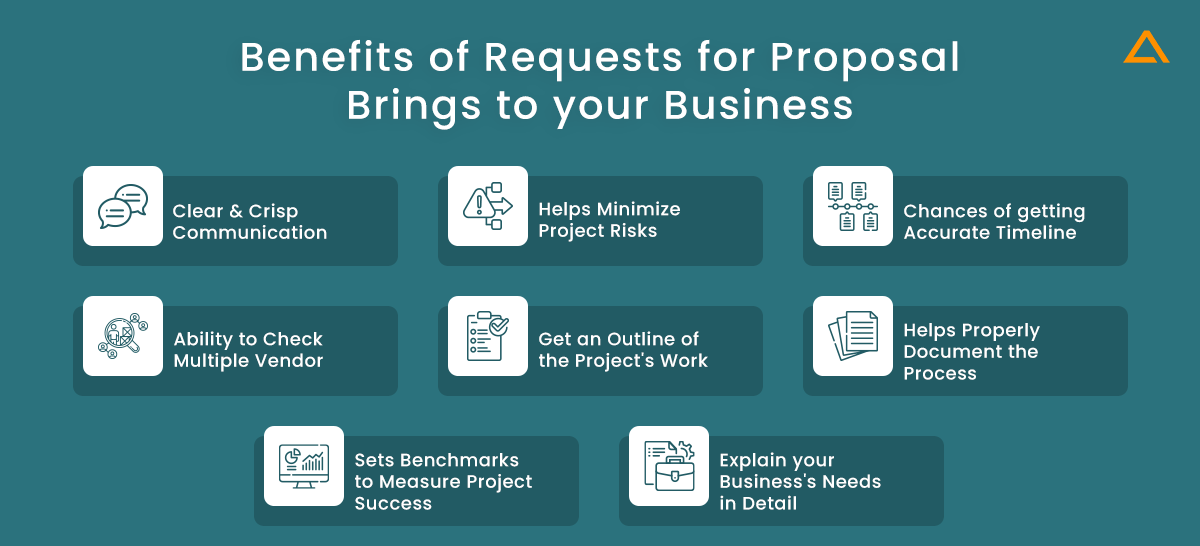
Best Request for Proposal Process – How to Make a Request for Proposal?
What is the RFP process steps? How should you go about submitting your request for proposal to get the most suited request for proposal responses for your requirements? Here is a proper RFP process you can follow:

1. Project Planning
Start by planning important aspects of the project. To get started, you need to identify the requirements, scope, overall alignment with business strategy, and other aspects.
Key Considerations while planning your RFP:
- What are the requirements for this RFP?
- Are all the internal stakeholders on the same page regarding its importance?
- How does it align with the overall business strategy?
- What is the range of vendors you can target? How will you approach them?
- What is the overall budget for this RFP?
- What is the expected timeline to finish the project?
- How will you score the vendors, and what is the selection criteria?
2. Drafting your RFP
Once you are clear on the terms above, it is time to draft your RFP. Here, you would write RFPs and review the drafts until you have a perfectly written RFP that outlines your requirements precisely to the vendors and the information you need them to provide to bid on your project.
In your RFP, you should include:
- Introduction
- SOP – Statement of Purpose
- Background Information
- Scope of Work
- Project Budget
- Project Schedule
- RFP Timeline and Overall Review Process
- Contract Terms & Conditions
- Pre-requisites for Proposal (if any)
3. Issuing the RFP
Once you are done drafting the RFP, you also need to ensure it reaches the right vendors both in terms of quality and quantity, so you have ample choices to choose from.
You will have to take care of aspects like:
- Select distribution networks
- Coordinating responses and answering questions
- Properly receive submissions
4. Reviewing Proposals and Awarding Contract
Once you have the shortlisted proposals in hand, you need to compare them side by side to conduct a proper request for proposal evaluation truly. First, score each RFP on the selection criteria and scoring system established earlier. Then you need to write a request for a proposal response letter to the selected finalist before conducting their interviews and checking their references. Once you are done with final negotiations, award the contract to the most deserving vendor and clarify any legal requirements. Also, make sure to inform other bidders and appreciate their participation.
Your RFP evaluation should include:
- Scoring RFPs
- Selecting Finalists
- Conducting interviews and reference checks
- Submitting best and final offers
- Conducting Final Negotiations
- Awarding Contract to the right vendor
- Completing Legal Processes
- Notifying other bidders
Also Read: – The Mobile App Development Process
Components of a well-written RFP to provide information to vendors
Your RFP needs to be as detailed and thorough as possible for ensuring it attracts the right vendors, for them to take you seriously and be interested in bidding for your mobile app project. When writing your RFP, keep in mind to include these components.
Here are some of the must-have key components of a well written RFP:

1. Executive Summary
This is one of the most important components of the issuer RFP. The vendors first point of contact to your RFP is the executive summary based on which they determine if your project piques their interest and if they find it worth bidding for. Therefore, your executive summary should be a ‘summary’, so it appeals to the vendors and motivates them to read.
However, keeping it short shouldn’t come at the expense of missing important milestones and objectives you are aiming to accomplish. Ensure there is a clear understanding of what is expected of the vendors who will bid.
To recap, your executive summary should:
- Include all important milestones, objectives and expectations
- Written in a crisp and engaging manner
Are you looking to hire Android App Developers?
Get dedicated React Native experts with ample experience in delivering cost-effective cross-platform mobile app solutions with Aglowid
2. Company Overview
One of the biggest mistakes any issuer can make is assuming that your potential vendors already know about your brand. You cannot skip the company overview component when writing your app RFP, even if they do. Ensure always to introduce your company share valuable and relevant information about your brand and any other information that the vendor might want answers for.
Pro Tip – Vendors are also likely to check your social media platforms like LinkedIn and Twitter to understand your business better. Ensure you keep them updated.
Answer questions like
- What problem is your company trying to solve?
- What are the various products/services your company provides?
- What are the industries you specialize in?
- Who are your top leaders and key stakeholders?
- Who is your internal project lead?
3. Project Summary
Now that you are done explaining your background and introducing your team to the potential vendors, talk about the problem at hand. Here, provide as much information about the minutest details regarding the project that helps vendors grasp a clear understanding of the required solution:
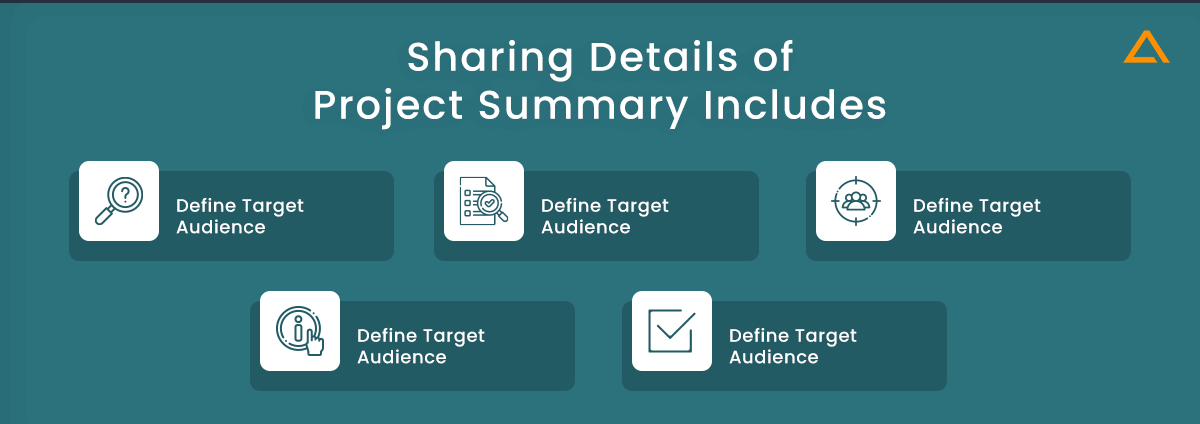
3.1 Start with Problem Summary
Start with the key focus area or the problem your app solution addresses, remedy or improve.
Answer questions like:
- What are the project objectives?
- What is your product vision? Short-term and Long-Term.
- Whom are you targeting with this solution?
- Provide customer personas
- Provide information about customer challenges
- Paint a picture about their challenges to achieve their goals
- Identify the conditions that might be hindering your potential customers from converting
- What platforms do you need this solution on? Mobile, web, desktop, others, or some combination?
3.2 Define your project success criteria
How you define your mobile app project success by establishing the right benchmarks, selecting the right metrics, and explaining the criteria are key elements that give interested vendors insight into the work culture, discipline, and expectations. This helps establish a clear and transparent metric-based partnership where it is clarified from the beginning as to what the issuer is looking for.
Answer questions like:
- How do you quantify your goals?
- Do you have a user/download metric-based goal? If so, how many?
- What are your expectations during development and post-deployment?
- On what yardstick would you measure the success of these goals and overall project?
3.3 Define Target Audience
A well written RFP will always include details about the intended target audience the issuer aims to reach. A detailed target audience brief will include who you are targeting, how you want them to engage, and what they feel when interacting with your solution? This clarity will help vendors gain a sense of clarity and direction and prepare a relevant bid accordingly.
3.4 Additional Information by Vendors
If you want additional information from the vendors ends about their business architecture or proof of previous industry experience, you can request such details by adding this component in your Request for Proposal document.
Pro Tip – Try keeping the request simple and concise; overly complex requests can demotivate vendors from bidding and have them abandon your project.
3.5 Define the Selection Criteria
Last but not least, you must include some guidelines and selection metrics that you will assess your vendors on. For example, you should not just list down the selection points but also assign a quantifiable value to them via percentage, points or any preferred grading scale, so the vendors know which aspects are top priority, and so forth.
If you need to complete the project urgently, then your top priority would be speed, and you’d be okay if quality takes a little hit. In contrast, if you aim to build the best project with ample time in your hands, you’d prioritize quality over time.
Doing this will help you connect with your potential vendors more efficiently, and the chances of them sticking to the project would increase significantly.
4. Project Scope Requirements
Once you have clearly defined your project summary, you need to provide information about the project scope requirements you are expecting from your vendors. This would include services, platforms you want to target, and more.
Here is a list of must-have project scope components when you write mobile app RFP:
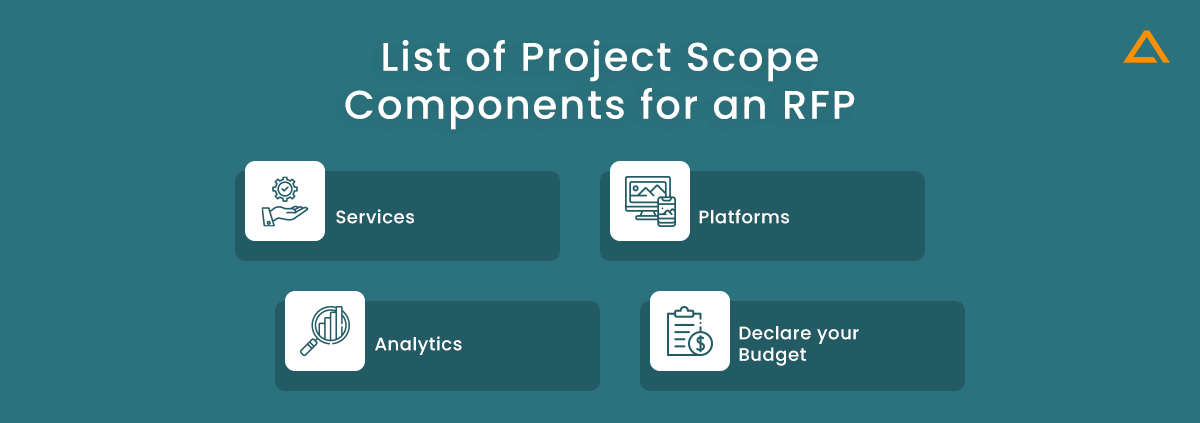
4.1 Services
What kind of services do you need? Are you looking for a complete app development solution from scratch or only for a specific task or stage in the app development process? Clarify these questions by clearly stating the services you expect your potential vendor to fulfil.
A list of services to give you an idea:
- App Consulting/ App Roadmap
- Mobile App Development
- UI/UX
- QA & Testing
- Enterprise-Grade Software
- On-demand apps
4.2 Platforms
Defining what platforms you want to build your app on is crucial. Unfortunately, many mobile app development companies specialize in a single platform. Hence, if you need cross platform app development solutions, this will help eliminate any such vendors from the bidding war before it commences, saving time for both the vendor and your company. Other than that, based on your platform requirements, the companies can decide if your budget and bid evaluation are comfortable with.
You can include platforms such as:
- Only Android or Only iOS (Native)
- Android + iOS (Cross platform)
- Web + Mobile
- Smart TVs
- Wearables
- Others
Also Read: – Native Vs. Hybrid Vs Cross-Platform App Development
Pro Tip – If you have one platform as the top priority, please note that so your vendors are on the same page and can evaluate your app development budget, bid value, and efforts from their end accordingly.
4.3 Analytics
Do you need the vendor to help set up your data analytics software solution? Do you need them to collect data for the same? If you have any data regarding services, you need from your vendors, mention them when you write a mobile app RFP.
4.4 Declare your budget
You have a budget in mind, and there is no reason to hide it from your potential vendors. Remember, the goal of setting your budget should not be to get the cheapest bid but to balance between quality and cost-effectiveness. Set realistic budget goals to attract the some of the best mobile app development company to bid on your project.
5. Project Timeline
Next, you need to mention important details about when, where and how you plan to launch the project. This gives the entire app development process a structure and discipline as vendors understand the work hours and number of talents they would need to dedicate to your project for completing it promptly.
Make sure you cover details like:
- Tentative date of the project launch
- If there is an event with which the launch date is associated?
- Are there any external dependencies that can influence the launch date?
- When are you expecting the project to start?
- Do you have a tentative duration expectation for project completion?
6. Proposal Timeline
Lastly, you need to mention the deadline to submit final bids and the evaluation duration and process dates to give the vendors clarity about when and how they need to submit their bids.
Components of a well-written RFP to request information from vendors
Apart from the information you need to provide to appeal to your vendors, you also need to prepare an RFP to request crucial information from the vendors to get a better insight about their company, their work ethics and other crucial aspects to see if they are a perfect fit for your app development requirement.
Here are the key components needed to write to get a proper RFP from vendors:

1. App Development Vendor Overview
Prepare a proper questionnaire for your shortlisted app development vendors to get an overall understanding of their leadership, company and executive team. Make sure to cover all important aspects and keep it short, and to the point, so they don’t find it taxing to fill in all the details.
Make sure to ask questions like:
- Since when has the company been established? What is the purpose?
- How does your company provide better benefits and services than your competitors?
- What is the company size?
- What are the individual team sizes for design, development, QA and other aspects of the app development process?
- Where is your team located? Do you have branches overseas?
2. Type of Services you offer
Next, in the request for proposal architect to request from vendors, you need to ask them in detail about the kind of services they offer. Then, ask them to provide an in-detail description for each of the services mentioned.
Generally, app development services can include:
- Product Strategy and Consulting
- Mobile App Development
- Overall Design and User Experience
- Quality Assurance and Quality Management
- Deployment and Post Deployment Maintenance services
3. Case Studies
Case studies are the most credible source of assessing a potential vendors talents and skills. Having a look at their case studies of the clients they previously served would help you judge their merit on task efficiency, project duration, method and approach and other important aspects.
Make sure to ask them for:
- List of their clients
- Previous work in the same field as your project requirement
- Summaries of the challenge, solution and result for all mentioned projects
4. Security Protocols and Approach
Your selected vendor must have all the right security protocols and methods in place when developing your app. In addition, they should be professionals who clearly understand varying compliances related to different industries or at least the industry you are targeting. For instance, any medical or doctor-on-demand app solutions must follow HIPAA guidelines.
Request for information like:
- How do you plan to protect your app from malicious codes?
- Do you use open-source libraries?
- How do you ensure third-party library and components’ security?
- What measures do you take to ensure the safety of client materials?
5. Vendor’s Proposal
Finally, request them for an overall proposal for bidding on your project. This is the most crucial document that will clearly understand what the vendor can propose to you. Ask them to include answers for:
5.1 Solutions
Ask the vendors how they are visioning the project and what ideas do they have to solve the proposed problems.
5.2 Project Timeline and Resources Needed
Ask them for a thorough project timeline, including their estimated project start date, list of deliverables, activities schedule, needed resources and other aspects.
5.3 Pricing Model and Overall Budget
Get details about their pricing model – hourly base, weekly base or fixed rates? Ask them to provide a rough estimation with a list of payment calendars and services included.
5.4 Maintenance and Support Plan
Ask them about the guarantee periods and support plans they offer.
Also Read: – Pre & Post App Launch Mistakes to Avoid at All Cost
Top Request for Proposal Templates
Here are some of the best Request for Proposal templates and Request for Proposal evaluation templates that you can use for your requirements:

1. FormSwift
This website lets you create your RFP by filling in details on the go, with a live preview to show you how your RFP is coming along and how will it look.
2. PandaDoc
This app provides users with an RFP template with proper format and illustrations that can be edited by easily changing the placeholder content with company information. In addition, users can select the font, font editing, alignment and many other aspects.
3. TemplateLab
If you are looking for Request for Proposal Template word files, this is the best website with various RFPs to choose from. They are available to download.
have a unique app Idea?
Hire Certified Developers To Build Robust Feature, Rich App And Websites.
Wrapping up!
This is your ultimate guide for ‘how to write a great RFP’. Keep in mind all these considerations while submitting an RFP to PROVIDE information to the vendors and when submitting an RFP to REQUEST information from vendors. Hire developers from the best mobile app development company for your project by following this guide.
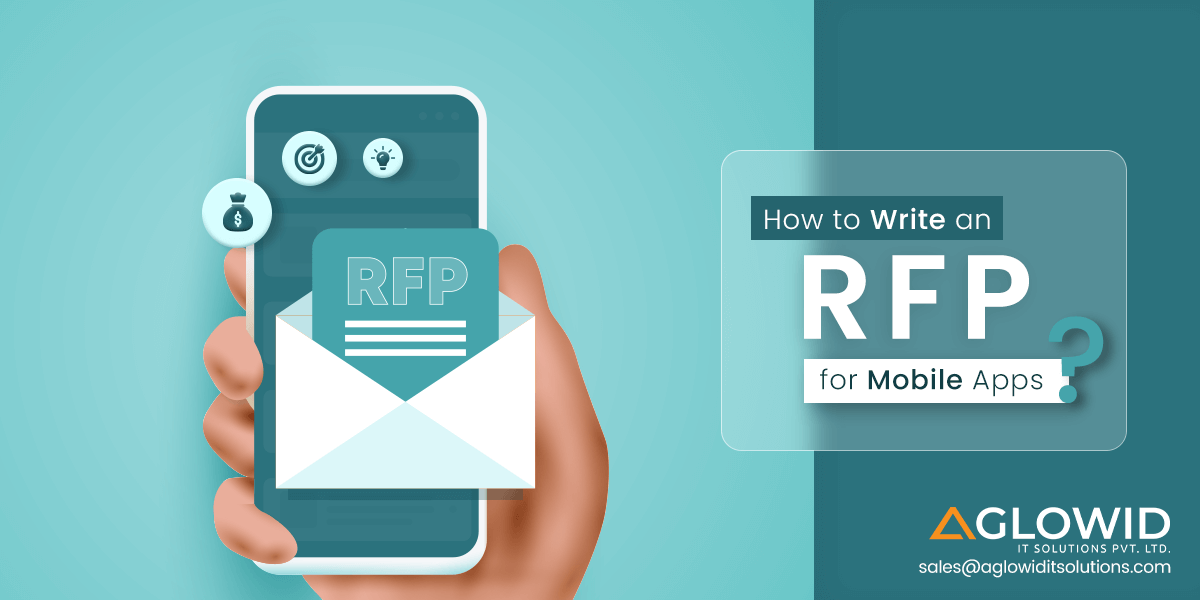
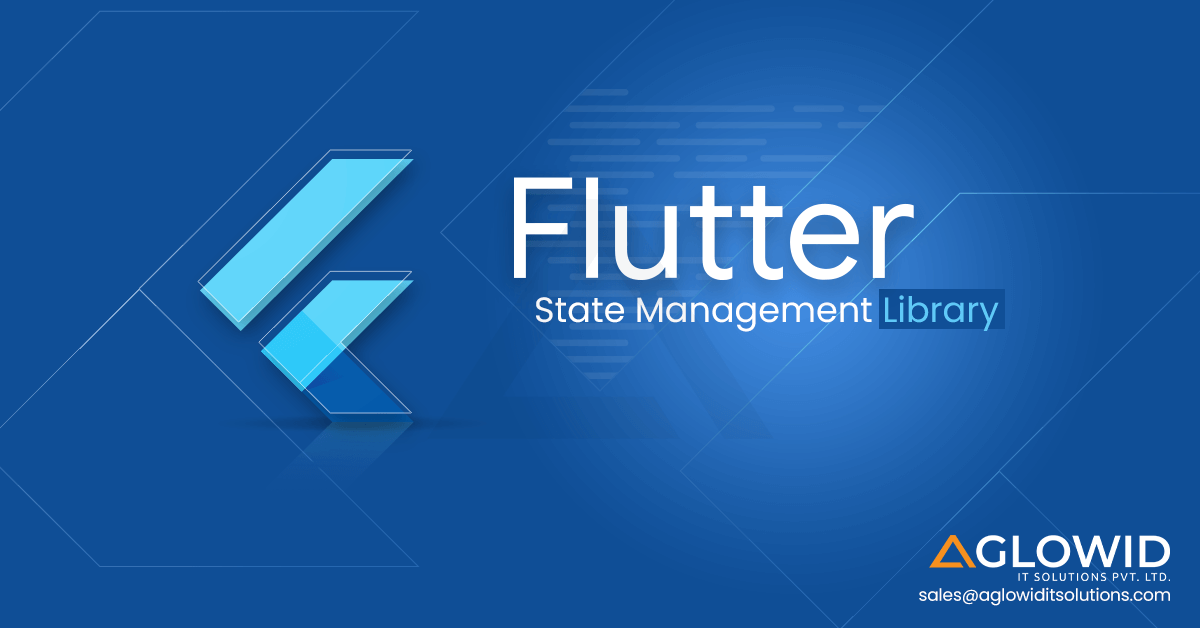
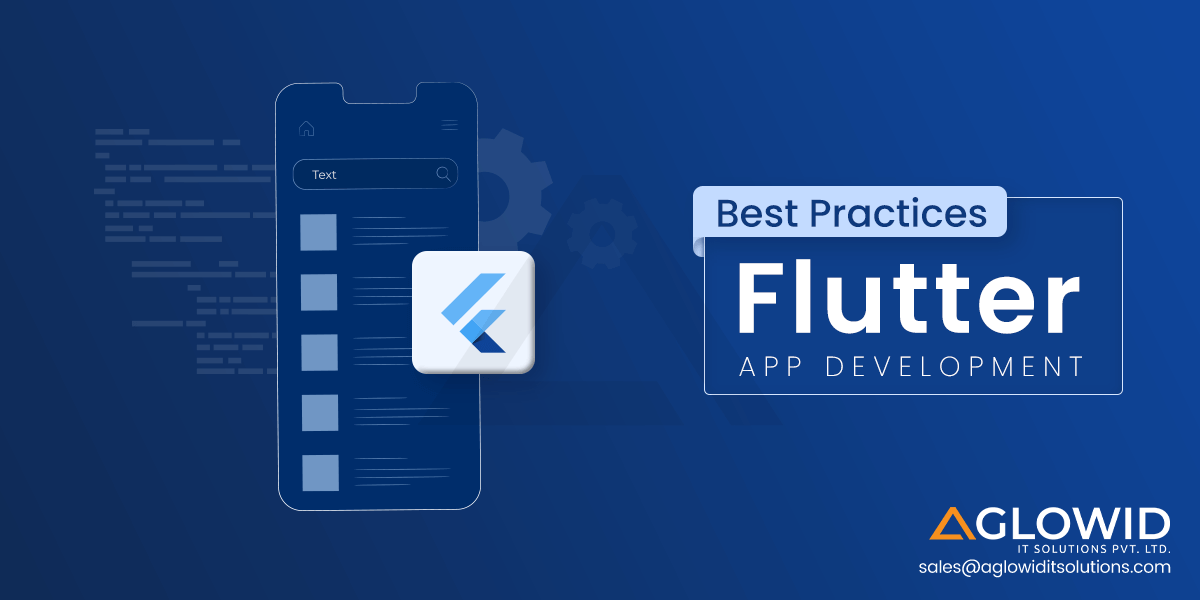
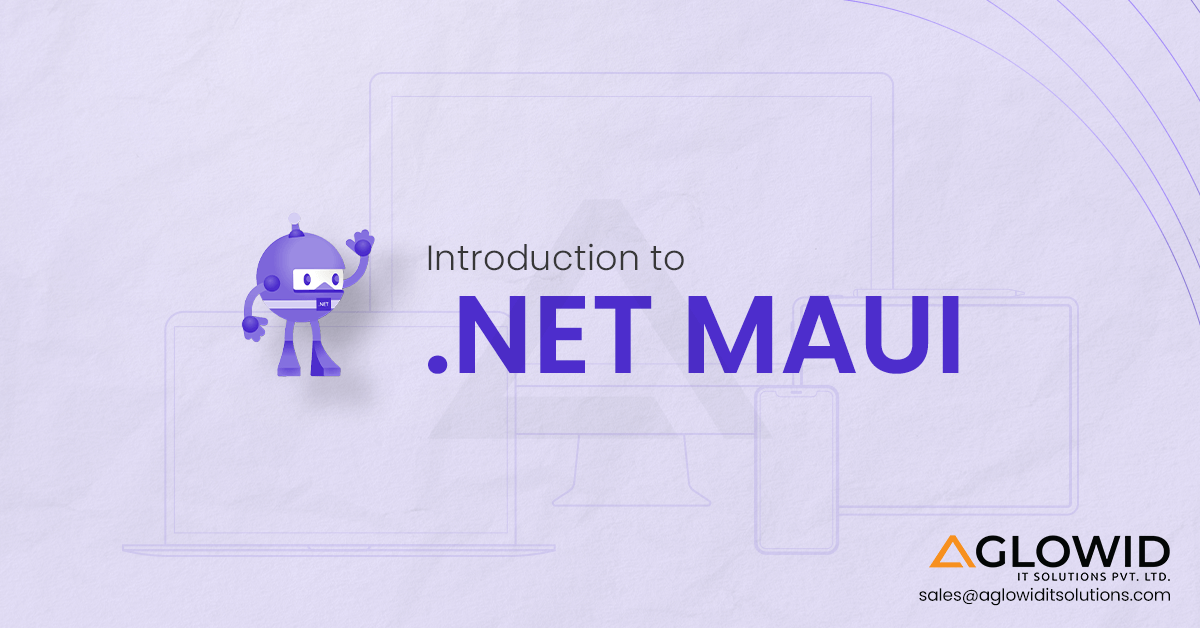

 Say
Say